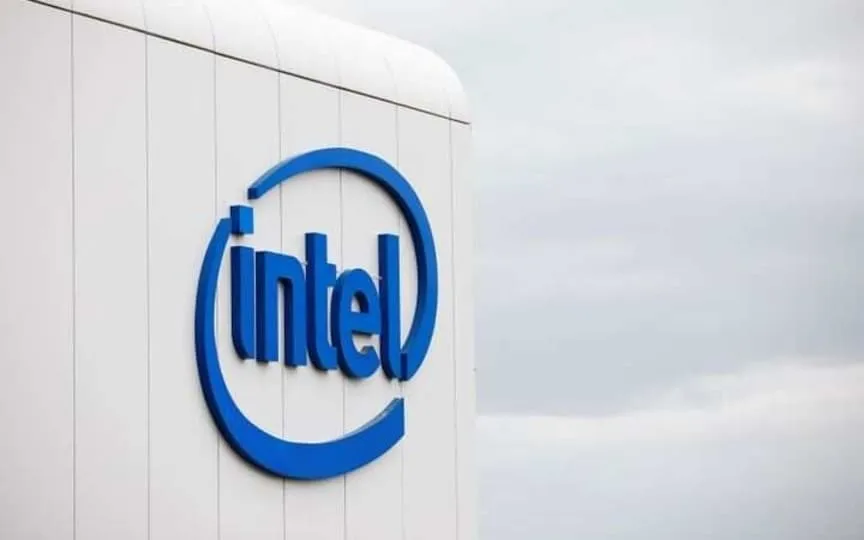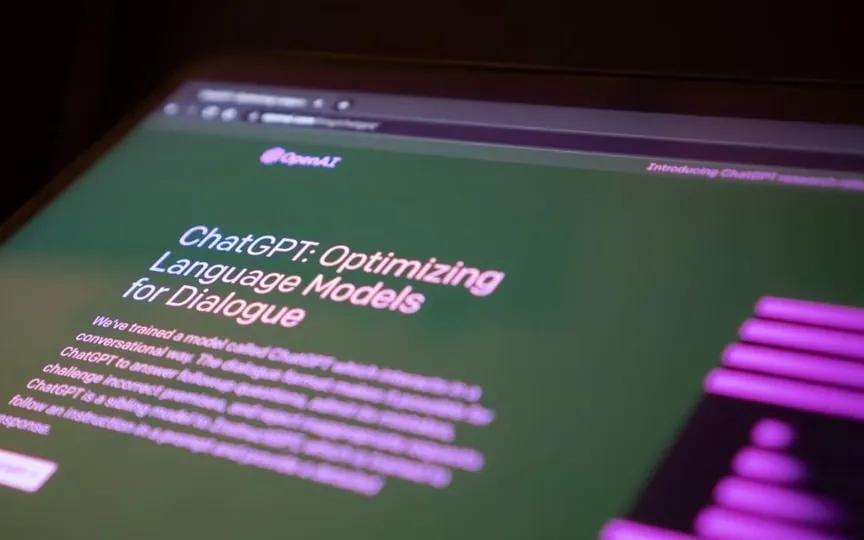Intel reveals server and PC chips in an attempt to enter the AI market, but faces strong competition from AMD and Nvidia.
Intel Corp., the largest producer of processors for personal computers, has unveiled new chips designed for both PCs and data centers. The company aims to capture a larger portion of the rapidly growing market for artificial intelligence hardware.
The lineup includes updated Xeon server chips — the processor’s second overhaul in less than a year — that use less power and improve performance and memory, the company said in a statement Thursday. Intel’s Ultra Core chips for laptops and desktops allow PCs to handle AI functions directly.
Intel’s new product with the most to prove may be the Gaudi 3, the latest in a line that competes with Nvidia Corp.’s industry-leading H100. These chips—known as AI accelerators—help companies develop chatbots and other rapidly proliferating services. Gaudi 3 is scheduled for release in 2024, and Intel said it will outperform the H100.
Intel shares rose as much as 5.6% in New York trading after the announcement, outpacing the 3.1% rise in the Philadelphia Stock Exchange Semiconductor Index.
CEO Pat Gelsinger is counting on AI capabilities to help revive Intel’s growth, which has suffered from past missteps and the broader PC slump. But he faces tougher competition than ever. Longtime rival Advanced Micro Devices Inc. has captured market share in computers and servers, and some of Intel’s biggest customers are now designing their own chips.
Meanwhile, Nvidia has become a dominant force in data center chips with its AI accelerators. The products have skyrocketed sales and boosted Nvidia’s value to more than $1.1 trillion. Analysts forecast it will overtake Intel in total revenue this year for the first time. Intel was the world’s largest chip manufacturer for decades.
AMD is also catching up with Nvidia in AI accelerators. Its version of the product, the MI300, will debut next year. AMD unveiled the chip at an event last week and announced that the AI accelerator market could reach more than $400 billion in the next four years.
Intel is looking to gain an edge by moving more AI processing to devices rather than data centers. The new Ultra Core chips, which do just that, will be available in about 230 PC models from manufacturers including Dell Technologies Inc. and Samsung Electronics Co. starting Thursday, Intel said.
Another change could help Intel. The artificial intelligence industry has so far focused on developing chatbots and services through a process called training, which involves bombarding the software with data. In the future, companies will be able to focus more on using their off-the-shelf software — which can be handled by data center Xeon processors and PC chips, Intel said.
“A few people create the models — a lot of people use them,” Gelsinger told an audience at an event in New York. Computers and other gadgets handle AI because data center costs are high, he said. Sending data over the Internet also limits the responsiveness of systems, he said.
But running AI software on a laptop can drain the battery quickly. To reduce this risk, the new Core parts work more efficiently and offer more than 10 hours of life even during the most demanding tasks, Intel said.
Intel’s Xeon series will get new components that make them 42% better at running AI workloads than the previous generation, the company said. This predecessor was introduced in January 2023.
Overall, the component is 36 percent better in terms of power per electrical watt, Intel said. And even more new versions of the Xeon line will be ready in the first half of next year, the company said, as part of Intel’s efforts to speed up product releases.
Gelsinger aims to turn the company around and restore it to a position in the semiconductor industry, which he expects to grow to a trillion dollars in sales by the end of the decade. He assured the crowd on Thursday that his comeback plan is working.
“We’re doing a decade of semiconductor work in four years,” he said. “That’s pretty crazy. We’re on the right track, honey.”




